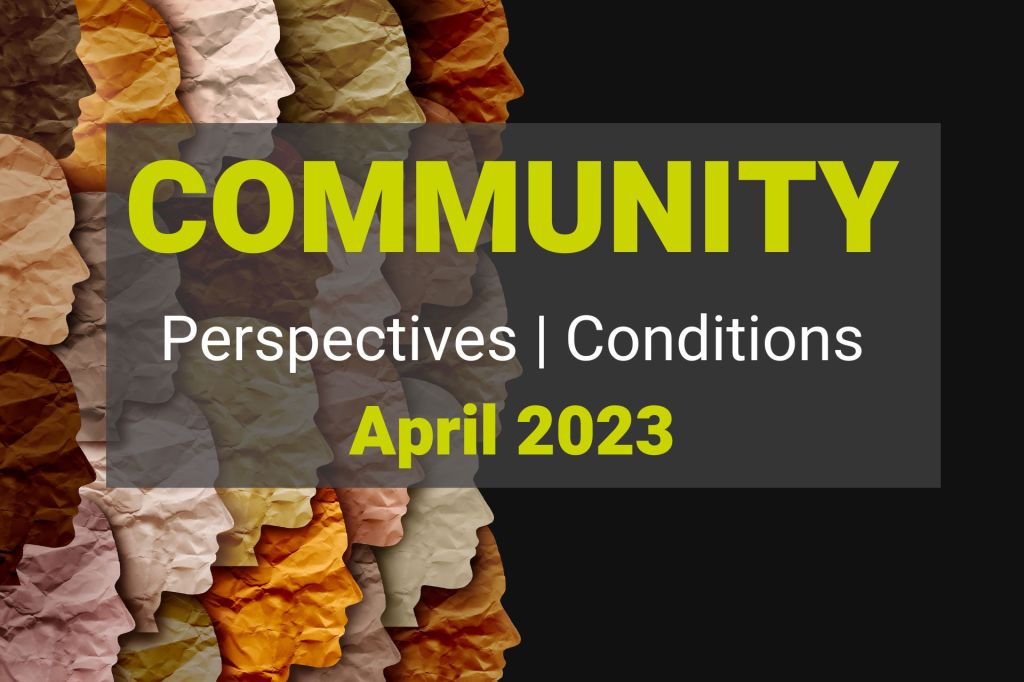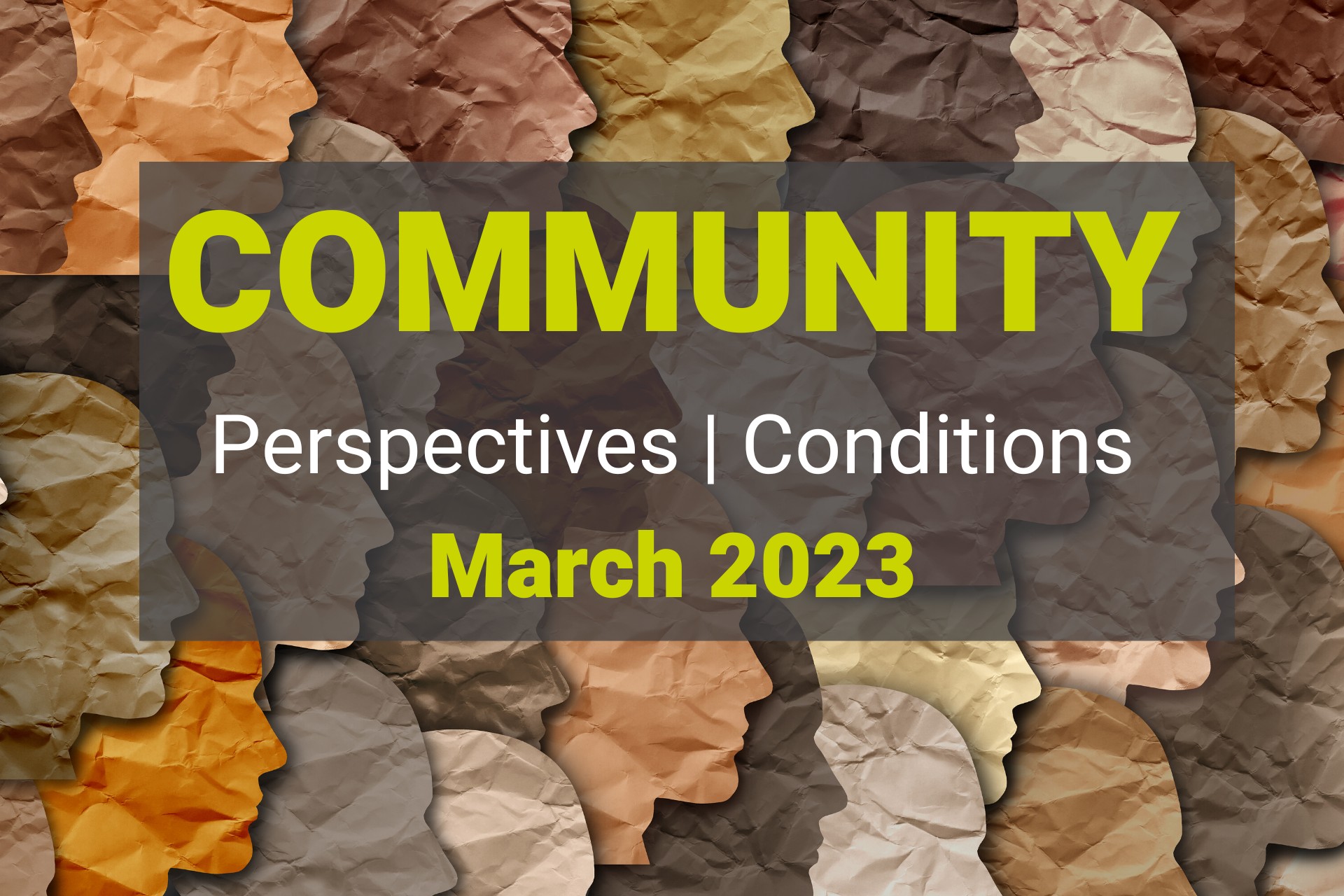Federal Reserve Banks across the country collect anecdotes from contacts and hone in on concerns for Federal Reserve Beige Book summaries, published eight times each year. Historically, insights about conditions affecting low- and moderate-income communities have come from the perspective of businesses. In September 2022, several Reserve Banks began including “Community Conditions” and “Community Perspectives” sections. These sections provide insight into local changes through direct accounts of nonprofit and community leaders and workforce professionals serving lower-income people. Here are some takeaways from the April 2023 Beige Book, which was prepared at the Federal Reserve Bank of Richmond and based on information collected on or before April 5, 2023.
Before you dive in, please note that the Beige Book summarizes comments received from contacts outside the Federal Reserve and is not a commentary on the views of Federal Reserve officials.
“Community leaders noted that economic challenges for lower-income families have been increasing as pandemic-era assistance programs wind down. With the temporary boost in SNAP benefits and Medicaid supplementation being phased out, community organizations are stepping up their efforts to support the increase in vulnerable families facing difficulty affording food and healthcare. Contacts expressed concern that state and local budgetary pressures may impede the provision of community services. Labor shortages and understaffing in the not-for-profit sector have just begun to ease, with increases in the number and quality of applicants.”
– New York Fed, Federal Reserve 2nd District, Community Perspectives
“Nonprofit contacts reported increased demand for their services over the past six months because of rising costs for food, shelter, and utilities. One contact noted that food pantry use is up 30 percent compared to prepandemic levels, and another mentioned an increase in the number of first-time users of food assistance. Several contacts said that homelessness was rising and that more families were moving in with relatives because of higher rents, increased evictions, and a shortage of affordable housing. According to multiple contacts, fewer landlords were accepting Section 8 vouchers, a situation which contributed to the housing shortage. Some contacts who offer loan products to households and businesses noted that rising interest rates increased the demand for their products. One community service provider saw a rise in applications for zero-interest, small-dollar loans, and a community development financial institution contact reported that more individuals were seeking funding through her enterprise because of higher interest rates at local banks.”
– Cleveland Fed, Federal Reserve 4th District, Community Conditions
“Community development organizations and public administrators reported little change in overall economic activity through March. Demand for social services remaining elevated despite reports of overall economic strength. State government officials again saw healthy growth in tax revenues and low levels of unemployment insurance claims. Despite slow growth and funding challenges, small businesses and nonprofits continued to be focused on employee recruitment and retention and were not reporting plans for layoffs. High interest rates and elevated supply costs continued to challenge plans to expand availability of affordable housing units and childcare facilities, non-profit developers reported. Family-facing organizations said there were signs of slower growth in consumer prices; however, the end of Covid-era benefits was putting new stress on household budgets.”
– Chicago Fed, Federal Reserve 7th District, Community Conditions
“Community Development Financial Institutions (CDFIs) across the District reported they have generally not experienced adverse effects resulting from the recent volatility in the banking sector so far. Most contacts reported their banking relationships were strong, with some banks proactively reaching out to quell any concerns about funding commitments. CDFIs expect strong and increasing loan demand as an alternative and competitive lender to commercial banks, especially as banks tighten credit. Looking ahead, several CDFIs reported concerns about the ability of businesses to pay on loans, especially as more Economic Impact Disaster Loan payment deferments continue to expire throughout the year.”
– Kansas City Fed, Federal Reserve 10th District, Community Conditions
“Nonprofits saw increased demand for their services, with one contact citing higher activity compared with pre-pandemic levels. Utilization of housing assistance or temporary shelters increased notably, and some nonprofits said that housing assistance was the fastest growing need among their clients. Contacts cited growing financial difficulties for low- to moderate-income families in part due to the recent reduction in SNAP benefits. One nonprofit noted that more middle-class families were seeking financial help as their wages had not kept pace with rising living costs. High or rising operating costs remained a challenge for many nonprofits, and some were concerned that with many companies downsizing, they would not meet their fundraising goals.”
– Dallas Fed, Federal Reserve 11th District, Community Perspectives
“Conditions in the community support and services sector worsened in recent weeks. Nonprofit organizations reported that heightened uncertainty in the banking sector limited their access to credit and delayed ongoing affordable housing and community support projects. Nonprofit organizations noted that recent banking developments led many corporations to cut back on charitable donations, which further constrained their ability to meet demand for basic needs, including shelter, rental and food assistance, and mental health services. Employers across the District reported increased burnout and mental health strain among workers, particularly low-wage earners, due to higher living costs.”
– San Francisco Fed, Federal Reserve 12th District, Community Conditions
Visit the April 2023 Beige Book report for a full national summary and more information about economic conditions from each Reserve Bank, including labor markets, financial services, real estate, and more.









